Contents
From record-breaking heat waves that last for weeks to floods and fires, bad weather is now the norm. To make matters worse, the uptick in civil unrest means that our power supply can be shut down. In some places, this may happen if law officials cut power to drive the thugs out. In other places, power may be cut because thugs seize power stations.
To a point, it doesn’t matter why there is no power. You will still have to live without a working refrigerator. This problem could last for just a few hours, or it could go on for days or months. Here are ways to solve this problem and reduce its impact before it happens.
How to Keep Food Fresh Without a Fridge
There are many times when you may have more fresh food on hand than you can eat before it goes bad. Here are some ways to deal with each situation.
• You grow a garden in just 1 or 2 seasons. If you grow a garden outside, then you will be limited to growing food in the right season. As a result, you may only get foods like spinach or beets in the spring.
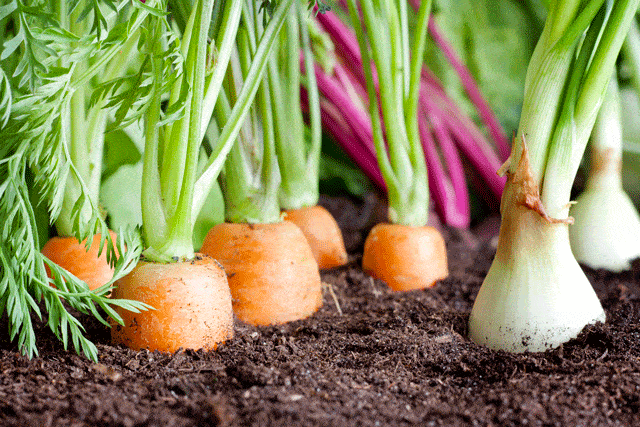
What happens when you want fresh spinach in the fall, or during the hot summer months? The easiest thing to do is grow your spinach indoors. Start with a few plants to see how long it takes them to grow. After that, decide how much spinach you want to eat regularly. Next, stagger your planting dates so that you can harvest one set as another is growing.
This will take up a lot less space and give you just the right amount of fresh food. Even better, if you choose the right plants, you may be able to just pick what you want fresh from the plant and use it right away.
You can bury fresh foods. Nuts, cabbage, fruit, and even meat can be buried as long as they are kept below the frost line. Before fridges were invented, people used root cellars to store all kinds of food.
• The Store Runs a Sale. Often, I think fresh fruit and vegetable sales are the worst things. As the saying goes, some people have eyes bigger than their stomachs. Others see a sale and think they will use it to start eating better food.
Then, some people look for unripe items thinking they will last longer. This usually doesn’t work out because the food has been in storage already for some time. It won’t ripen no matter what you do. Instead, it will just go from green to rotting.
Tomatoes and bananas are a few exceptions to this rule. Pineapples you have to watch very closely. Sadly, peaches, plums, and other tasty fruits these days never seem to ripen right when you buy them green in the store. If you buy them directly from a local farm, then they may ripen right.
You might also find interesting our article about pioneer skills to master.
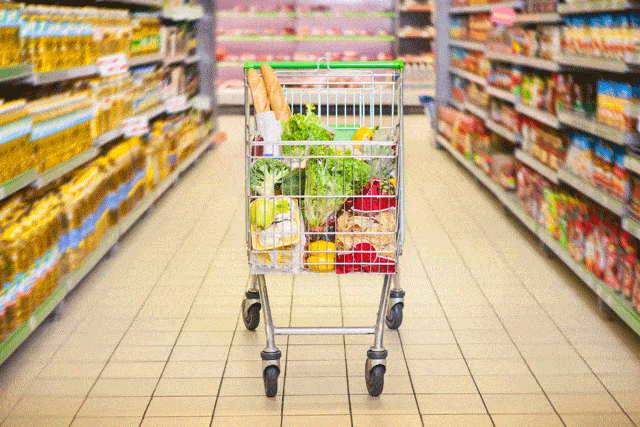
Sadly, most fresh food bought on sale winds up in the fridge, where it rots because no one eats it. In that sense, the lack of a fridge doesn’t matter. The food is wasted no matter what.
If you are serious about buying fresh food on sale, don’t buy more than you will use in the next day or two. Most fruits and vegetables will last more than a day or two out of the fridge with no problem. Some do better if you don’t put them in a fridge.
Some you may need to keep in a pan of water. If the food has a stalk or stem, you may need to trim it back to keep the food fresh longer.
Keep food in a cool, dark, dry place. Potatoes, garlic, onions, apples, and many other foods will keep better this way than in a fridge. Just remember to take the food out of plastic bags.
Fresh food is best stored in cloth bags or open wire mesh so gases can escape. That being said, if you have green tomatoes, closing them off in a bag will help them ripen.
• Your Fridge Breaks Down. A lot depends on how old the food is and the type. For example, apples can last for several weeks in or out of the fridge. All you have to do is put them in a cool, dry, dark place.
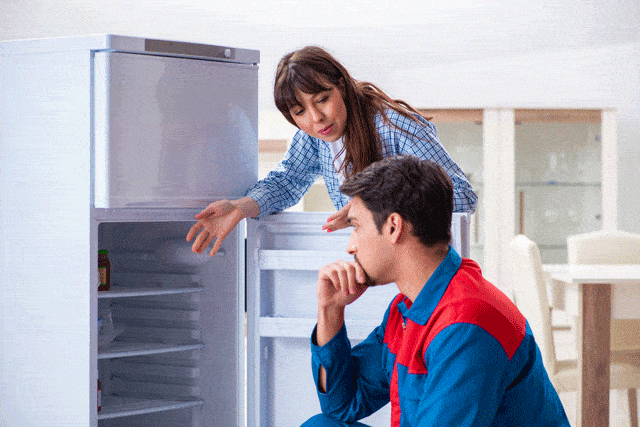
Leafy greens can be tricky because they don’t last long, to begin with. You can try trimming the stalk back or setting them in a shallow pan of cool water.
If the food is already starting to rot, it may be possible to regrow it. As a case in point, you can regrow celery from its base.
Just cut off the stalks and put the base in some water. Fresh stalks will come up again from the center. Keep changing the water every day or so to avoid slime and other problems.
Even if you don’t use the food you bought, at least regrowing it will give you a second chance. This will also work for potatoes, sweet potatoes, garlic, and onions.
The downside is the plant may take a very long time to reach maturity because of the variety. Do some research on plant varieties so you know which ones to focus on.
We also recommend reading our article about how to make money off the grid.
Foods that Don’t Need Refrigeration
There are several kinds of foods that don’t need to go into the fridge. Here are some to consider:
• Food that hasn’t been harvested yet. From game animals to squash, if it is alive, chances are it won’t rot if it isn’t in a fridge. The easiest way to manage food without a fridge is to keep it alive until you are ready to use it.
• There are also some foods that you don’t have to harvest right away even if the plant is dead. Some root vegetables can be left in the ground over the winter. Just pull them up when you are ready to eat them.
• Preserved Foods. There are many ways to do this. Meats and fish will last longest if you smoke or salt them. Can, candy, pickle, dry, or ferment fruits, herbs, and vegetables. You can also ferment milk to make cheese.
• Shelf Stable Foods – MREs and other shelf-stable foods can last for years. If you have a lot of extra food on hand, you can try making your own shelf-stable foods.
Even though these foods don’t need to be in a fridge, you still need to take good care of them. Usually, rodents and other vermin can’t chew their way into a refrigerator. If you put these foods in a plastic bin, animals can get into it. Use metal bins to store food instead.
Once the food is harvested, it will always do best in a cool, dry, dark place. Remember, rotting is part of a natural process. If fruits and vegetables didn’t rot, the seeds in them would not be able to make new plants.
In a natural setting, water, light, heat, and oxygen all trigger rotting. As the food decays, microorganisms get drawn in to make the rotting happen faster.
If you want to keep food in an edible condition, you must always know how to draw a balance between mechanical rotting and organisms that may thrive in the food.
For example, most people will tell you to cut out as much oxygen as possible. They forget to tell you that the food must also have a high enough acid or salt level. Sadly, botulin spores thrive in low oxygen settings when the pH is too high.
No matter how you decide to keep food safe, make sure that you know how each factor in spoilage works, and how to get around it without making a new problem.
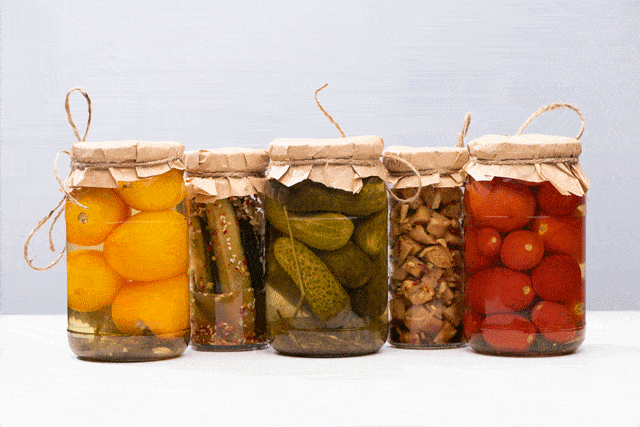
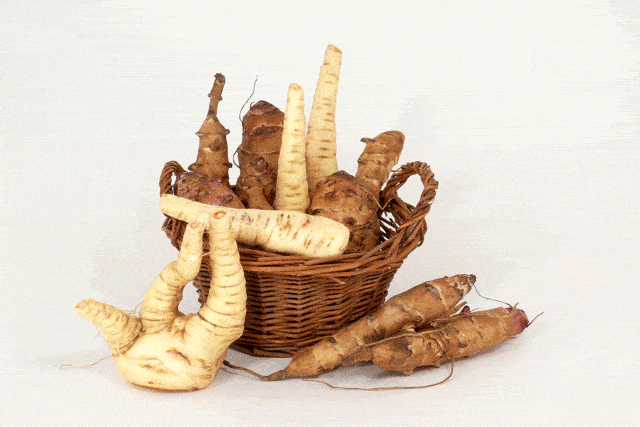
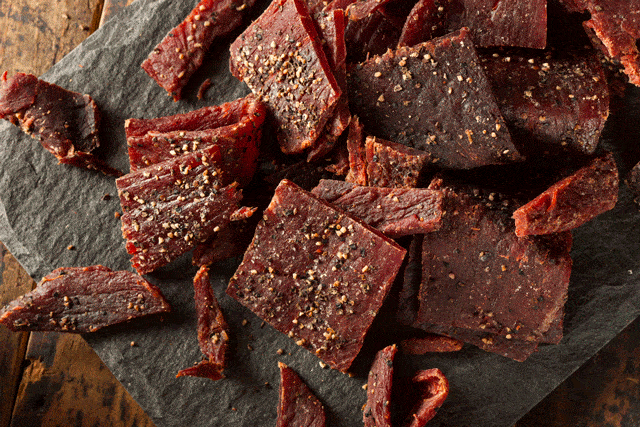
Preserving Food Without Refrigeration
As I said earlier, there are many ways to preserve food. Some ways are cheap and don’t require much effort. Others require some skill and can cost a bit more.
There is no such thing as one method that fits all needs. It’s not as easy as the food type, how long you want to store it, and your budget. You also need to know how much time and effort you want to put into learning and skills.
Here are some ways of preserving food that has been used over time:
• Canning – canned foods are heated up and then sealed into airtight jars. This method works best for acidic foods such as tomatoes. You can also use canning to make jams, jellies, and other preserves. Canned foods can last as little as a few months, or over 5 years depending on the food type.
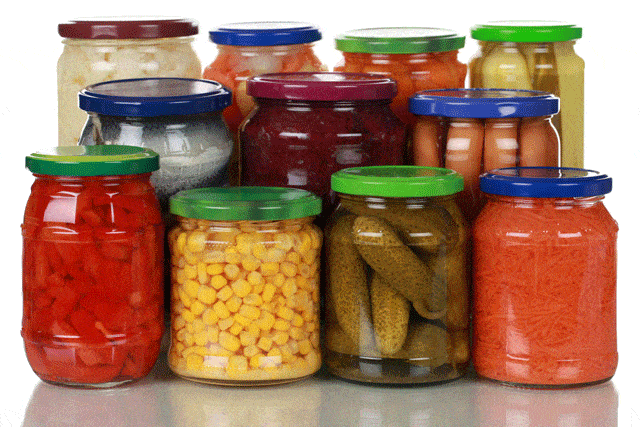
Most people either use water bath canning or pressure canning. Water bath canning is less expensive, and also tends to be less dangerous from a mechanical perspective. All you do is heat up the food in jars and then seal the lids.
Since the temperature will not go above boiling water, it is not safe to use on all foods. It all depends on the microorganisms you are trying to kill off during the cooking process.
With pressure canning, the temperature goes higher because of the increase in air pressure. The problem is if you aren’t careful, you can wind up with an explosion. On the other side of the equation, the higher temperatures make it safer to can meat and other foods.
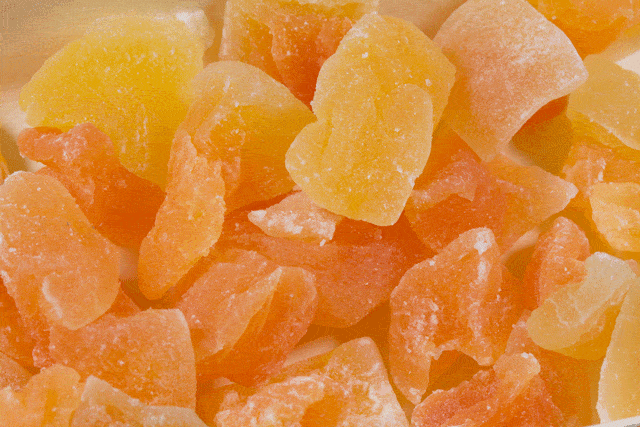
• Candying – Other than fermentation, candying creates some of the best tasting foods. It is usually used for both tart and sweet fruits. Candied fruit can last up to a year outside of a fridge. Just keep it in a cool, dark, dry place.
• To candy fruit, start by cutting the fruit into small pieces. Next, make a sugar syrup, and then slowly heat the fruit and syrup together. The sugar will infuse into the fruit, which prevents it from going bad.
• Salting – This method has been used for centuries and more. Most people use salt for meat and fish.
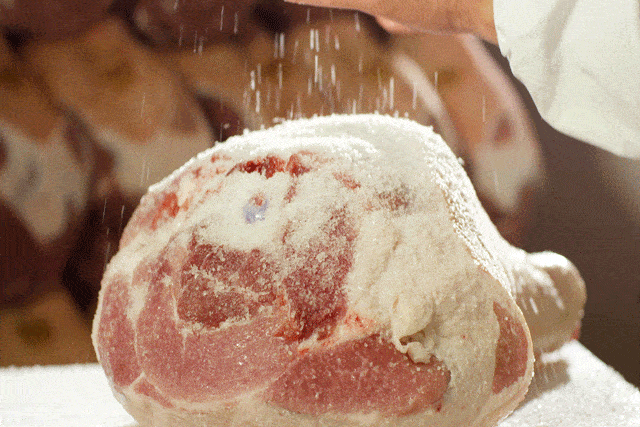
Salt draws water out of the food, which makes it harder for some disease-bearing organisms to grow. It is important to note that not every pathogen will be killed by salt. Some thrive in salt.
When using salt, you may need to add other herbs. This is very important for foods like meat that have fat in them. The salt can’t pull water from fat, so it can still harbor disease.
• Fermentation – covers a range of different methods. All of them involve using bacteria to change sugars into something else that can’t be consumed by pathogens. For example, some strains of yeast turn sugar into alcohol.
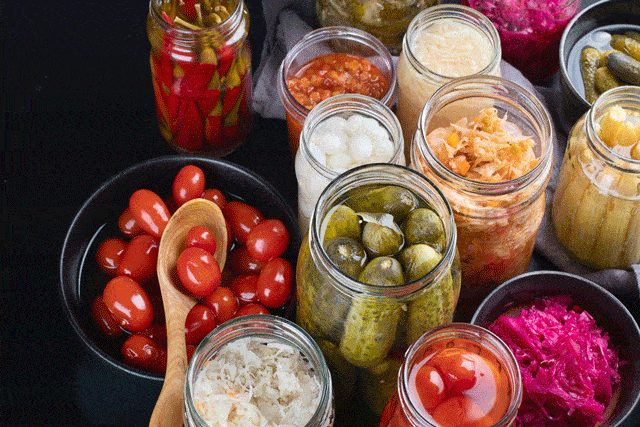
Pickling and cheese making all make use of fermentation. The shelf life of the food depends on the bacteria used and other factors.
In some cases, the foods may store fine at room temperature until they are opened. Most pickled vegetables fall into this category. Other foods, such as some cheeses never need to go in the fridge.
Shelf life can also vary a lot. You may find some foods that last for a year or more, while others are only good for a few weeks.
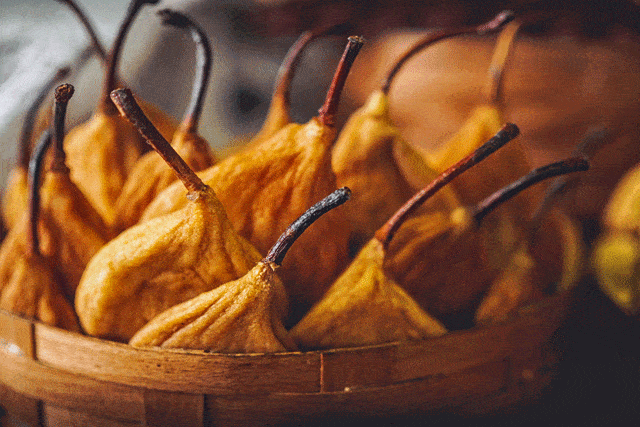
• Drying – Dehydrating can be used with all kinds of foods. This is probably one of the cheapest and easiest methods to take advantage of.
If you have a good source of heat and airflow, you can dehydrate foods. During summer months, you can use a solar dehydrator.
Or, in a pinch, you can dehydrate foods inside a hot car. Just put the food on the dashboard and leave a window open a little to let the moisture out.
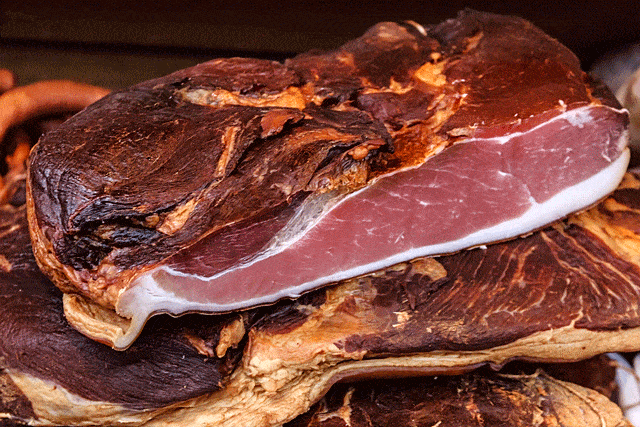
• Smoking – This method makes use of smoke to cure the food. It is often used for meat and fish. To get started, you need to use very thin strips of food.
Even then, the smoke will not get far enough into the food to fully cure it. You will either have to salt the food or dehydrate it using some other method to fully cure the food. That being said, smoked foods have a wonderful flavor that makes it worth the effort.
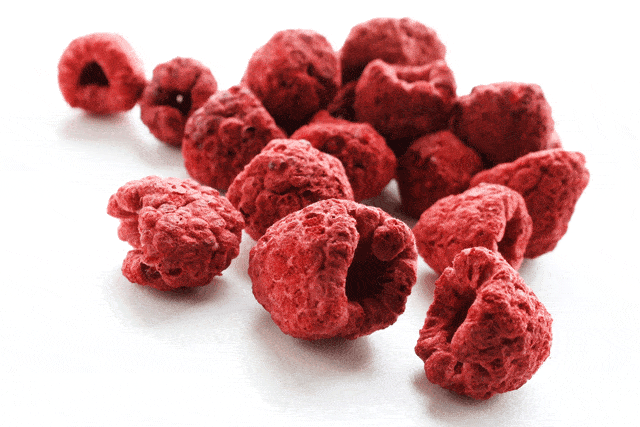
• Freeze Drying – this is a fairly new method that takes special equipment. These machines are not cheap. They are getting more popular and easier to get.
Start by freezing the food to a point below where solid, liquid, and gas are all present at the same time. Next, drop the air pressure surrounding the food and heat it. This causes water to leave the food. Once this process is done, you can bring the food back up to room temperature.
How Long is Food Good in a Fridge without Power?
To a point, the answer depends on the food type. If the food would be ok at room temp, it will probably survive if the fridge stops working.
There are foods, like eggs and milk that won’t last long at all. The best way to find out is to keep a thermometer in your fridge. It should never go above 40 degrees F.
Once you reach that point, set a timer for no more than 2 hours. At that point, meat and other perishables will no longer be safe to keep.
Even though food is kept in a freezer or fridge, the cold does not kill all pathogens. In many cases, the bug will just go dormant until it warms up. Once the temperature is between 40 and 140 F, it will reactivate and start multiplying again. This is why you have to cook some foods at a high temperature to make sure they are safe to eat.
How to Make a Refrigerator Without Electricity
There are some low tech ways to keep food cold. While they don’t cost a lot, they may not work as well as a fridge. You will also have to do more work to keep the food cold. Here are some ways to consider:
• Zeer Pot – It takes energy to turn water from a liquid state to a gas. The energy type needed is heat. As a result, when water evaporates, it causes a cooling effect.
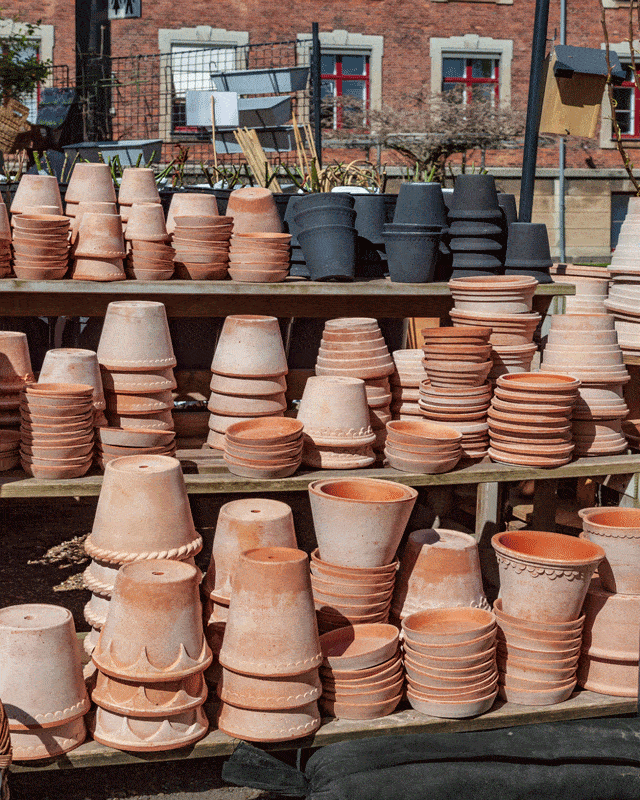
Zeer pots and a few other methods make use of these facts. To make a Zeer pot, all you need are two unglazed clay pots, some sand, and some water. Put sand in the larger pot so that it coats the bottom and sides. Next, set the second pot so that it fits snug into the sand.
To use the Zeer pot, put food in the inner chamber. Pour some water over the sand. As it evaporates, it will pull heat out of the inner chamber. You will have to pour more water in as it dries out.
The biggest problem with Zeer pots is they don’t work well in humid weather. Anything that slows evaporation will slow cooling.
If you have very dry weather and good airflow, you may be able to use evaporation without a clay pot or sand. Try wrapping the food in thin, wet fabric. Make sure air is blowing over the packet, and keep it wet.
• Ice Chest With Salt – To use this method, you need a well-insulated chest. An ice chest or fishing cooler will do the job.
From there, all you need to do is put some ice in the chest and add salt to it. The salt will cause some ice to melt, but not all of it. As strange as it sounds, this will make the ice last longer.
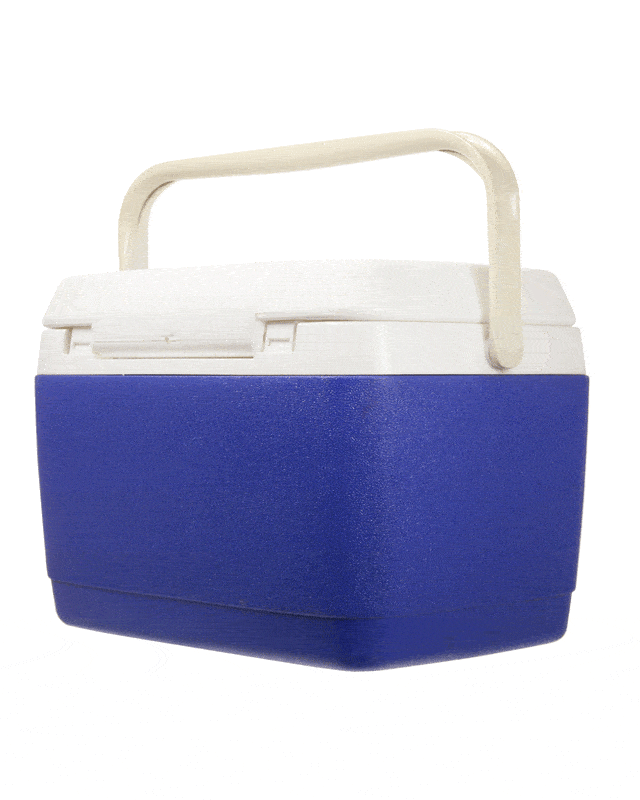
The cold will cause foods packed in the ice to freeze or stay frozen. To get the most out of this method, try to keep the chest in the coolest place you can find.
A chest filled with about ½ ice will keep food frozen for 2 to 3 days. Keep a thermometer in the chest to make sure the temperature is safe. Try to open it as little as possible to keep the cold in.
The biggest problem with this method is you need ice to start with. If you keep a few bags in your freezer, you can always move them to a chest if you need to.
I don’t recommend simply putting salt in ice and leaving it in a freezer or refrigerator. There is too much open space for this to work in that setting. All you will do is wind up with a lot of water to mop up.
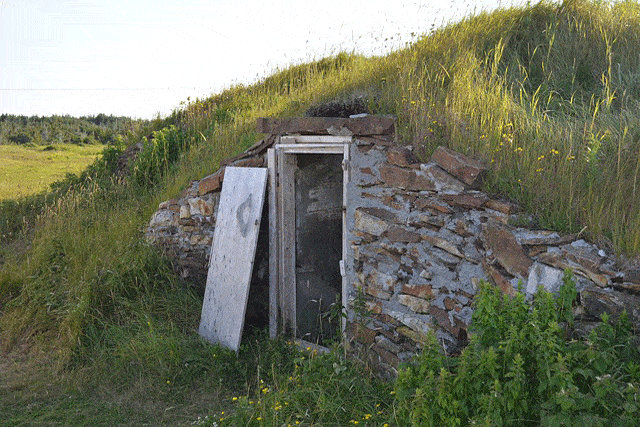
• Root Cellar – Earlier I said that you can store food underground as long as it is below the frost line. Root cellars can take time to build but are worth the effort.
I also recommend setting aside an area of the root cellar for ice. Just keep the ice wrapped in straw or some other insulator. It will stay solid for weeks to months. This way, if you need it to fill a chest, you won’t have to rely on an electric freezer.
Conclusion
Some foods and drugs need to be kept cold. You can keep others at room temperature as long as they are made right. The fridge very new when you compare it to salt and smoke. It is also very new concerning can, candy, and fermentation processes.
No matter which method or device you choose, it still takes some care and effort. There is no point in buying a water bath canner if you are going to cut steps or try to rush the process.
In the same way, never blindly hope that a Zeer pot or ice chest will keep your food cold enough. Use a thermometer so that you know what is going on.
When done right, any method you read about here can be used to keep food safe. If you are serious about living without a refrigerator, these are the methods that will most likely give good results.

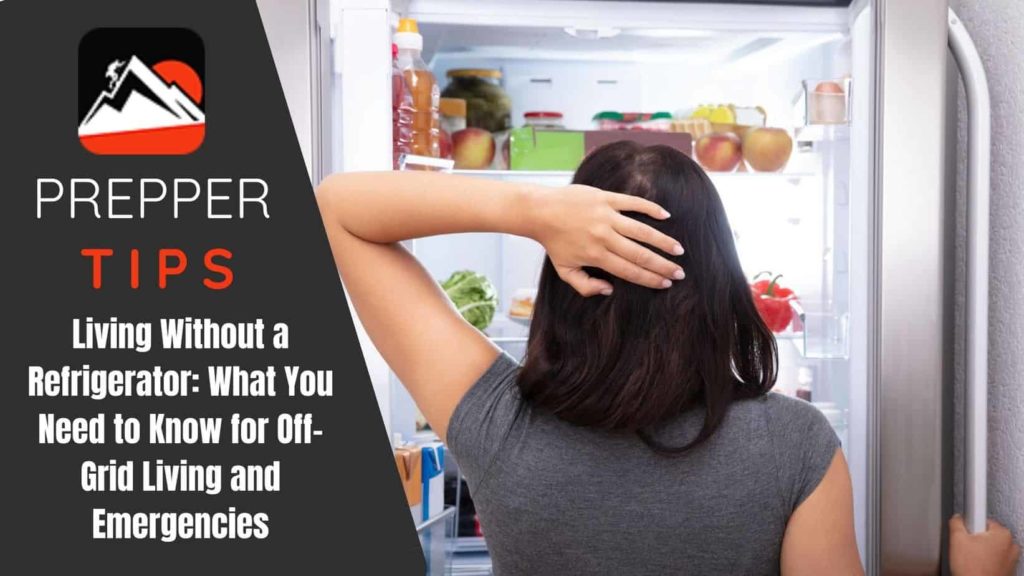

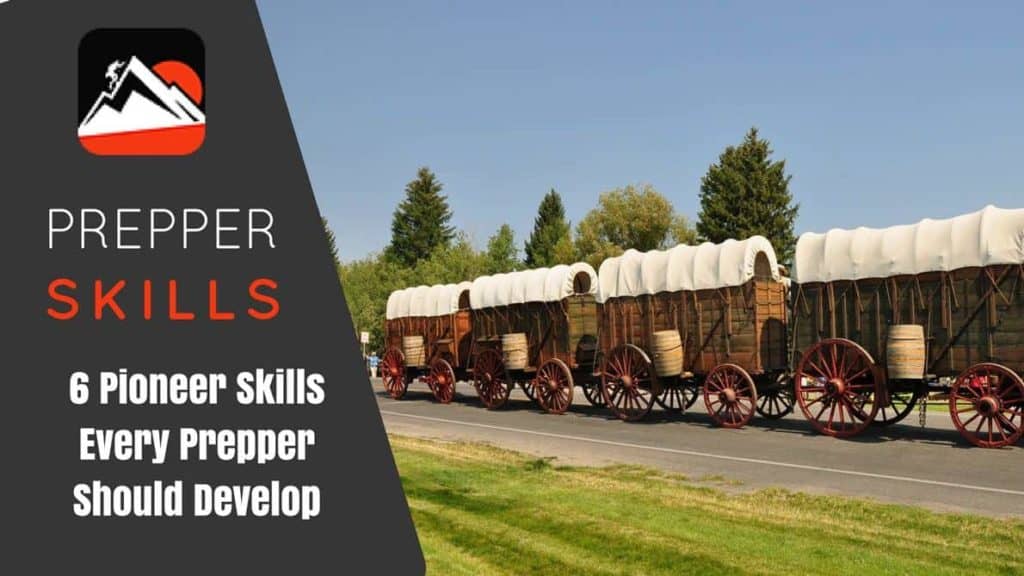
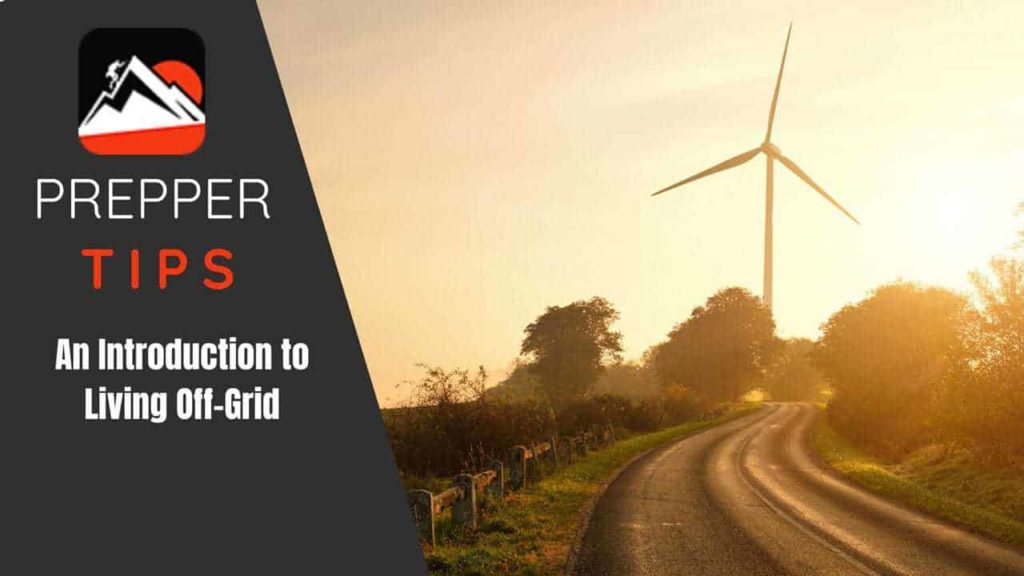
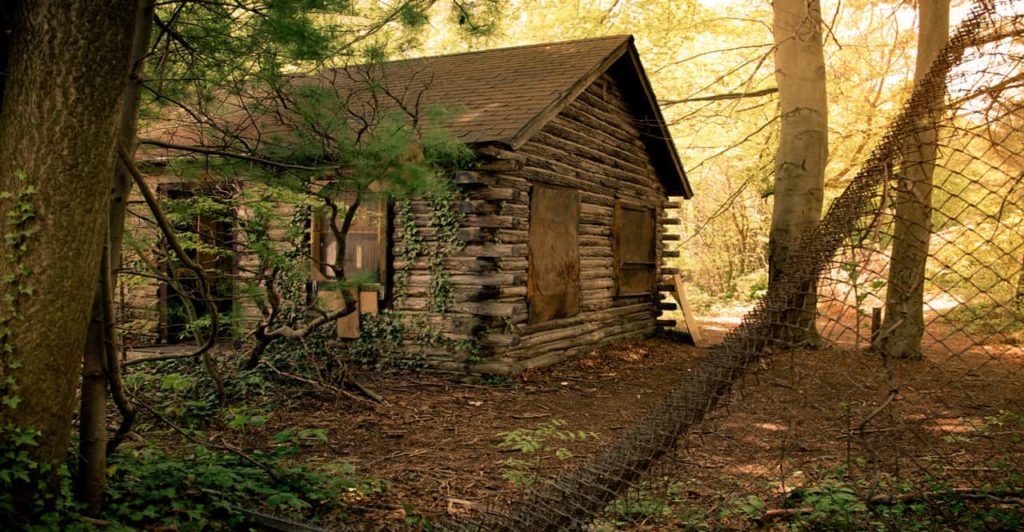
Preservation and canning is the finest method to avoid a refrigerator. But still, this is only for emergency cases. Very accurate article! Thanks for sharing…